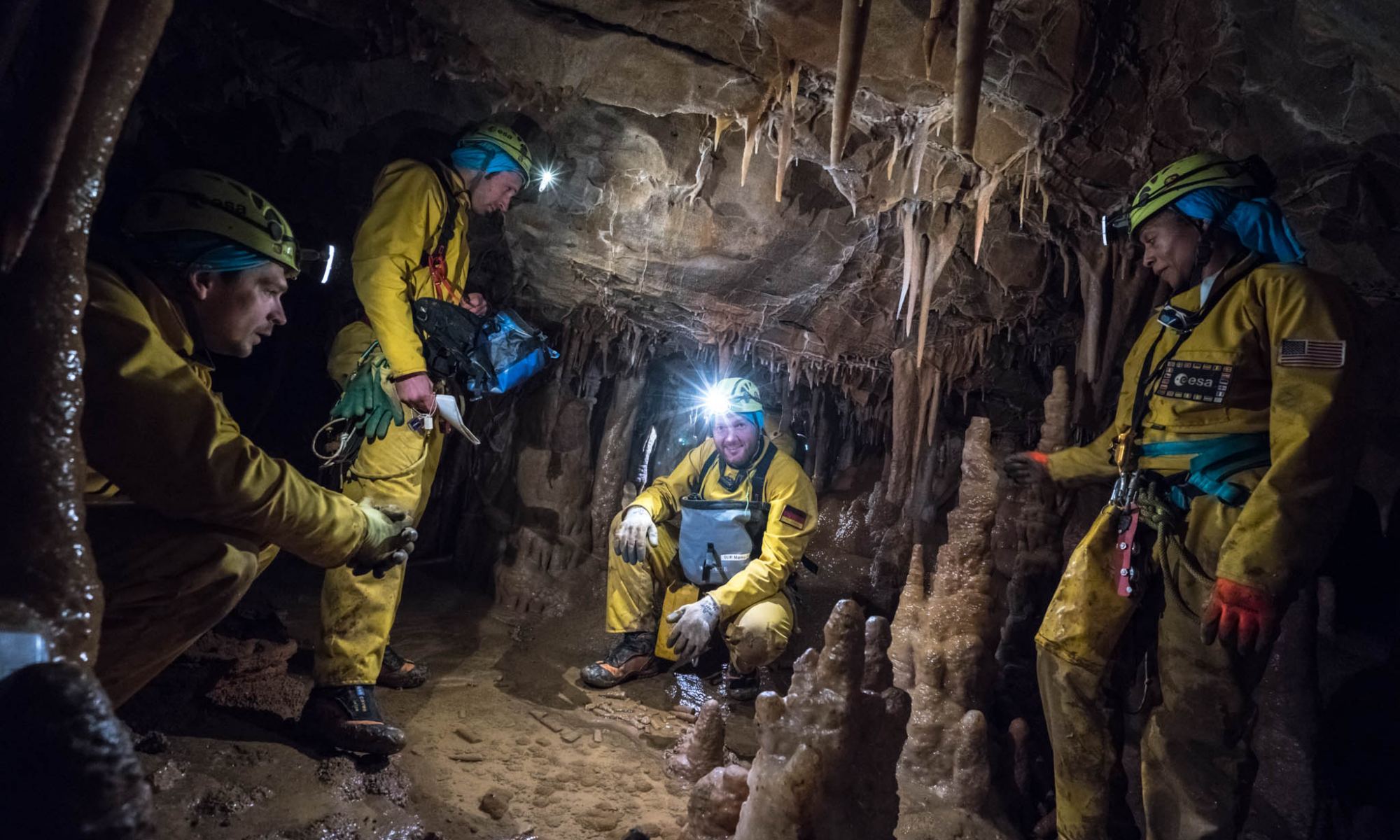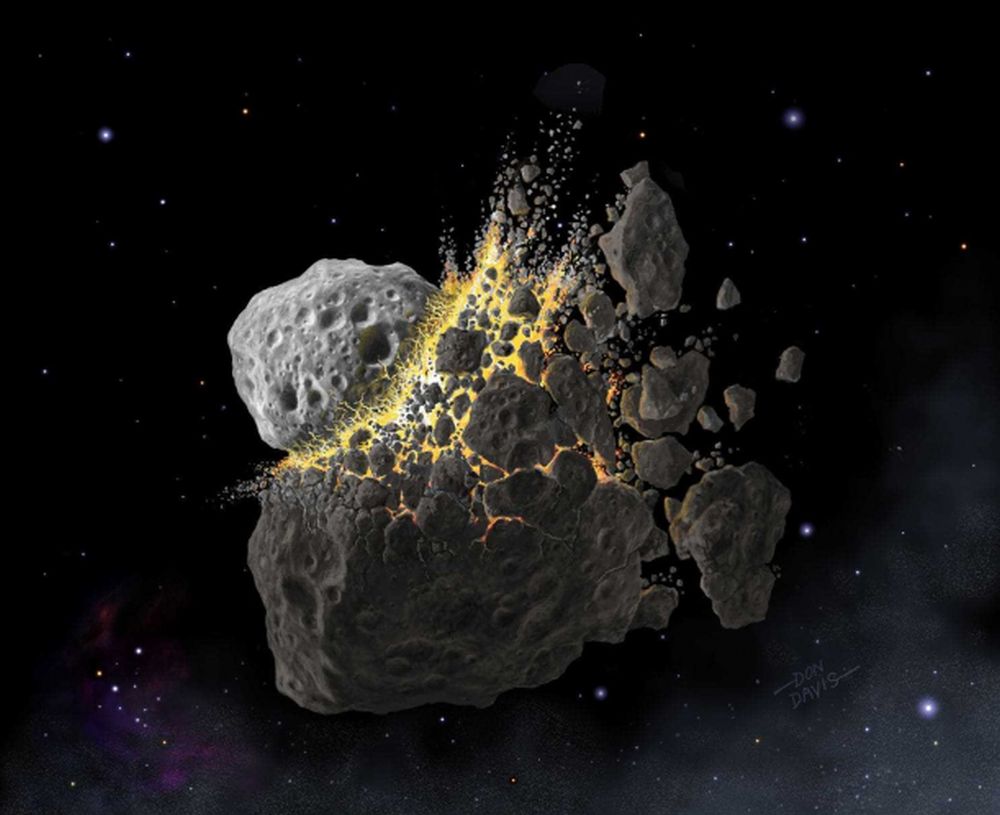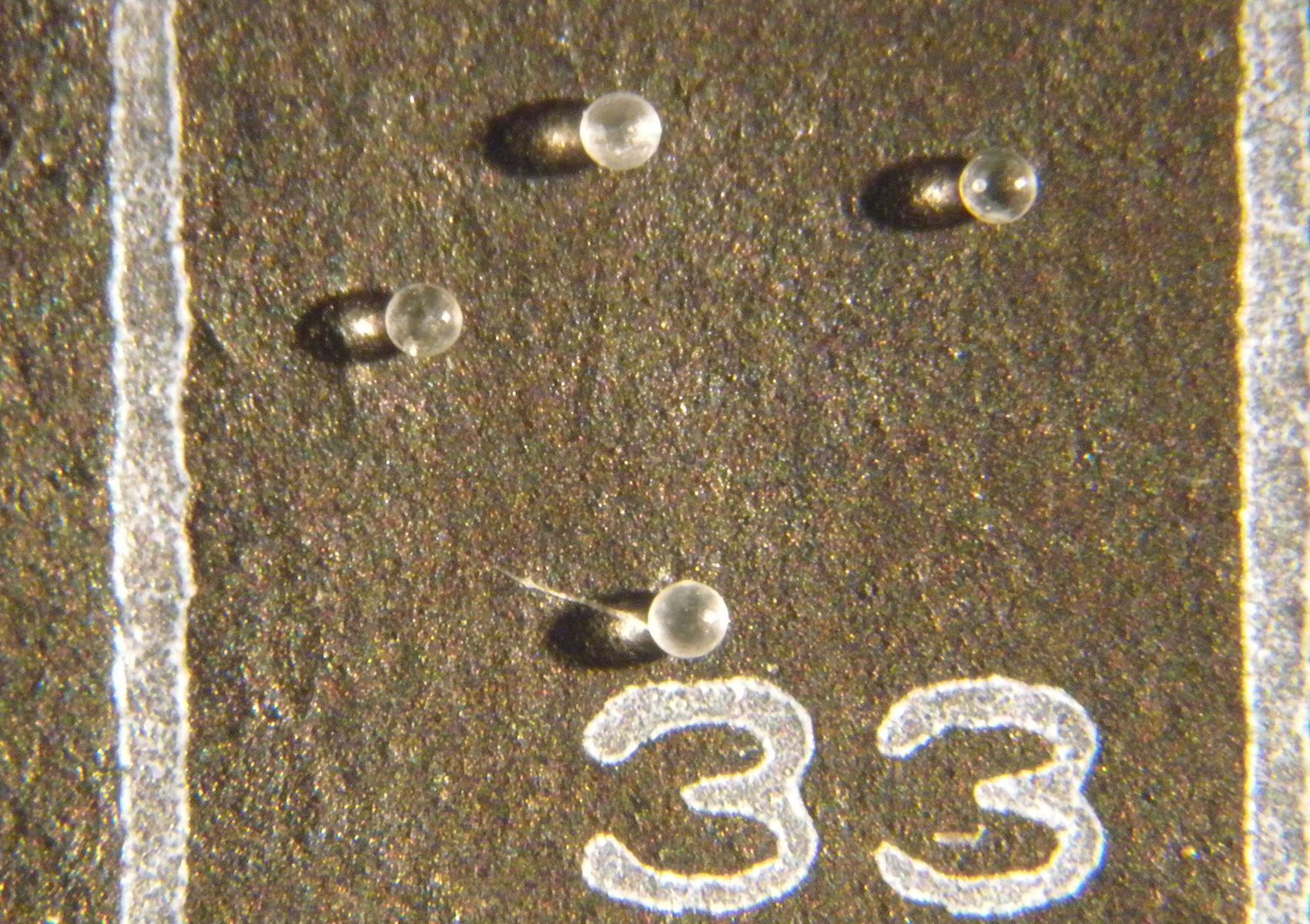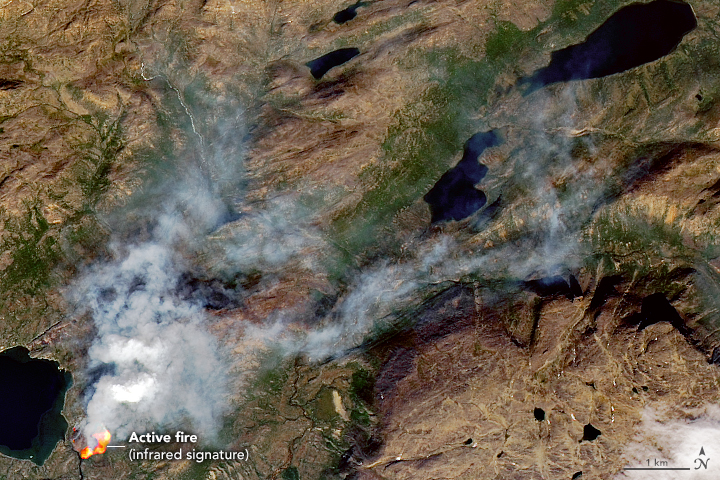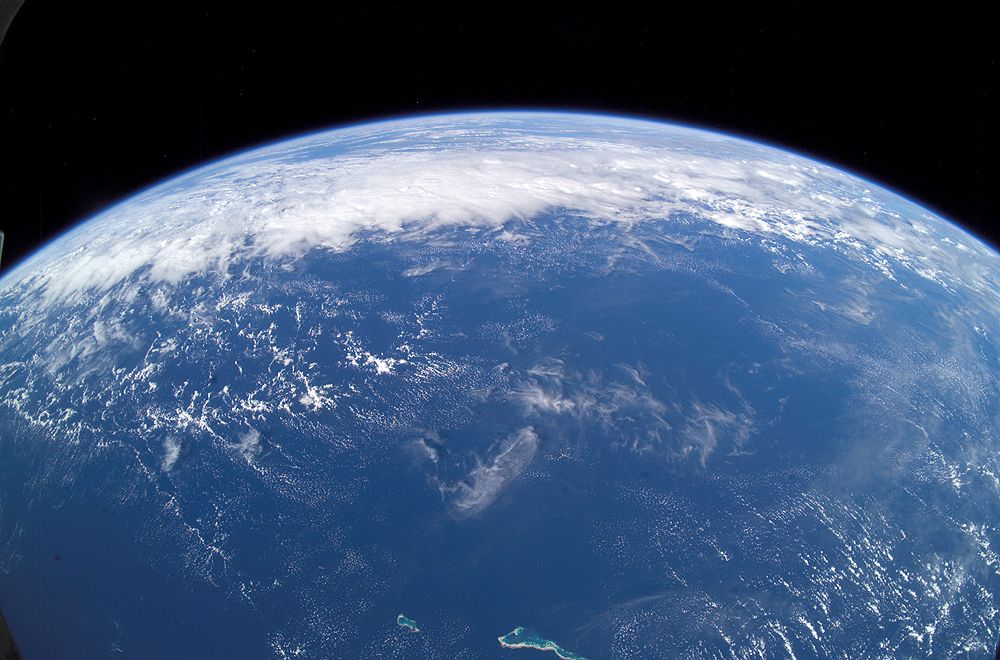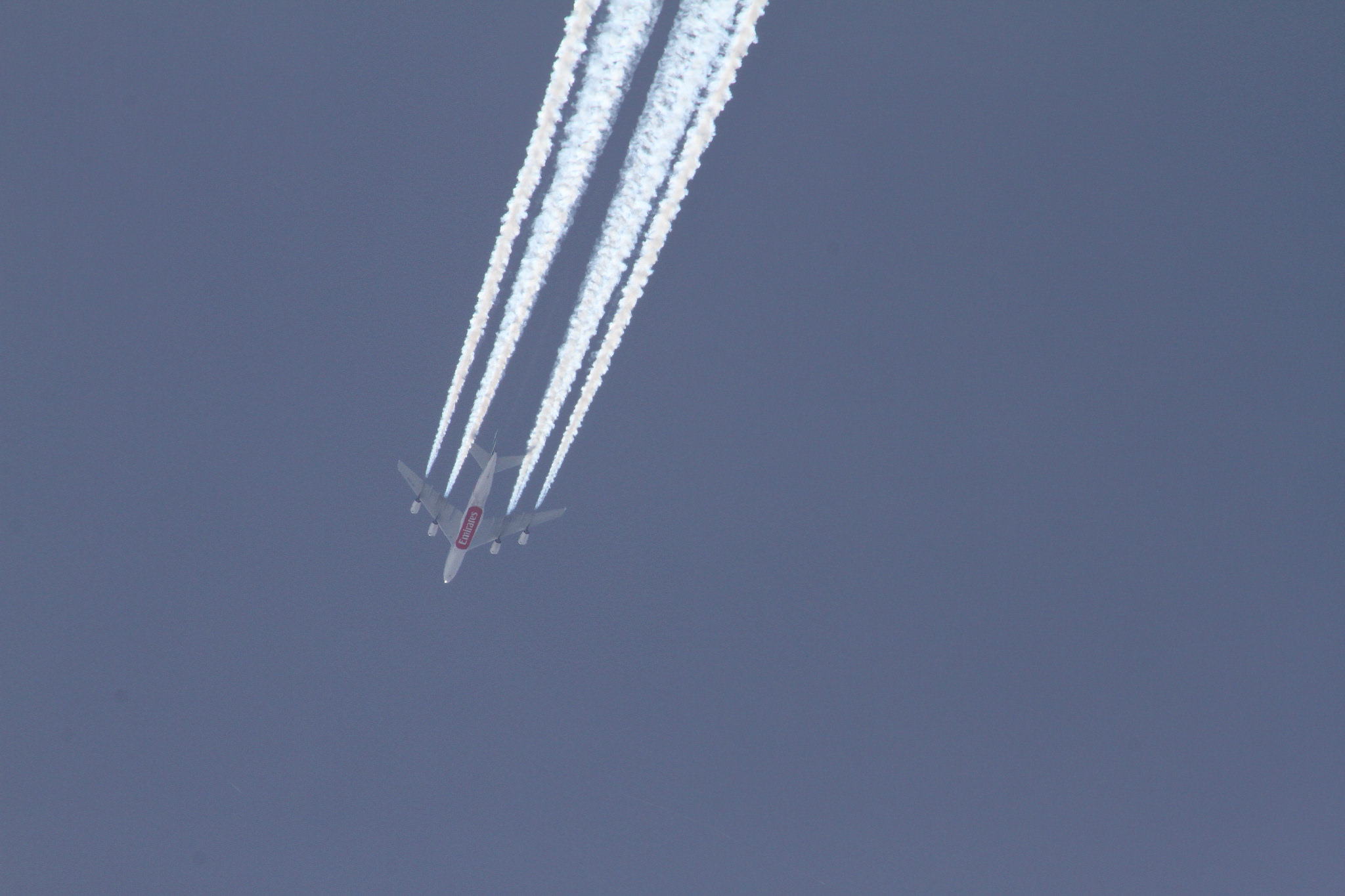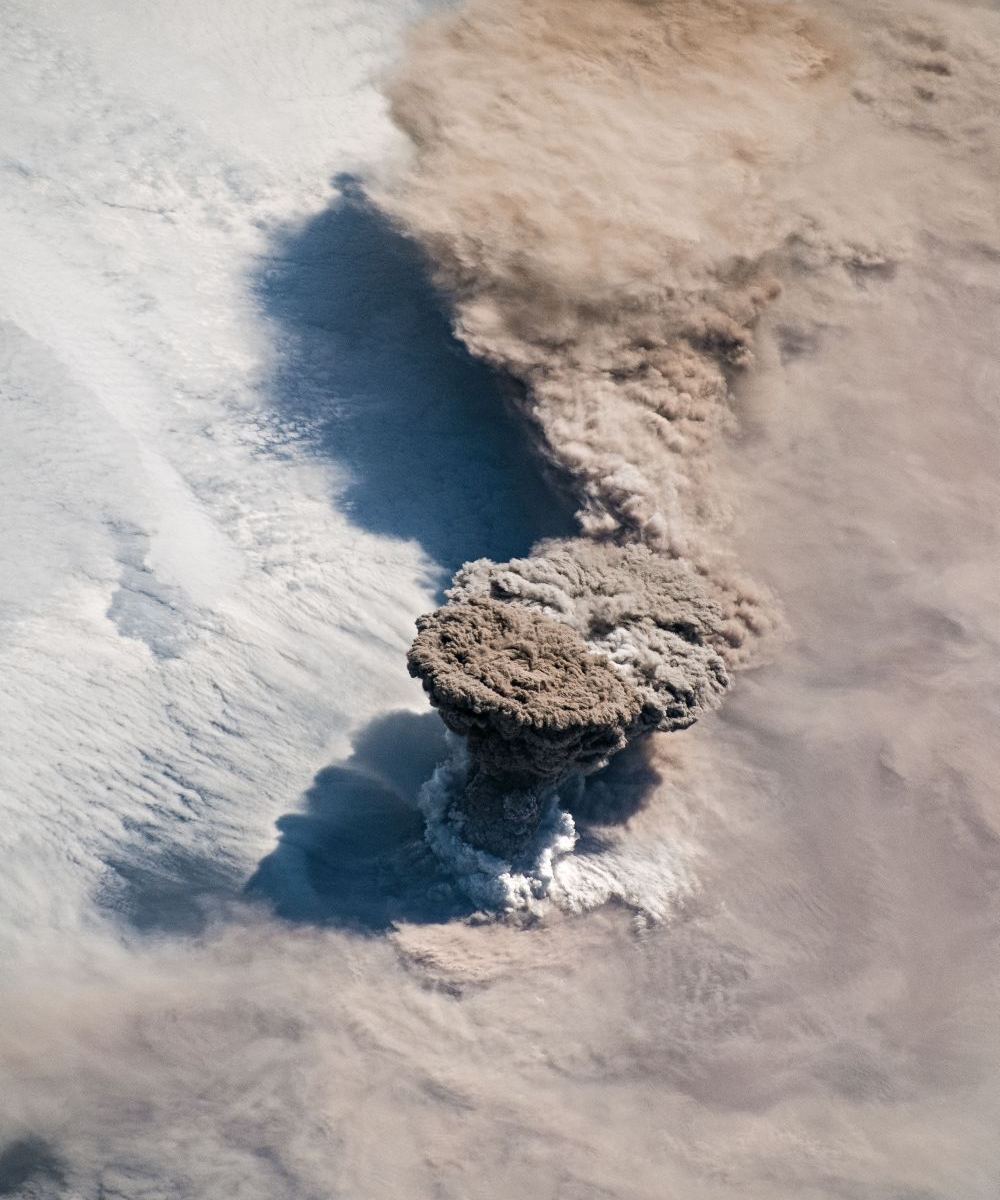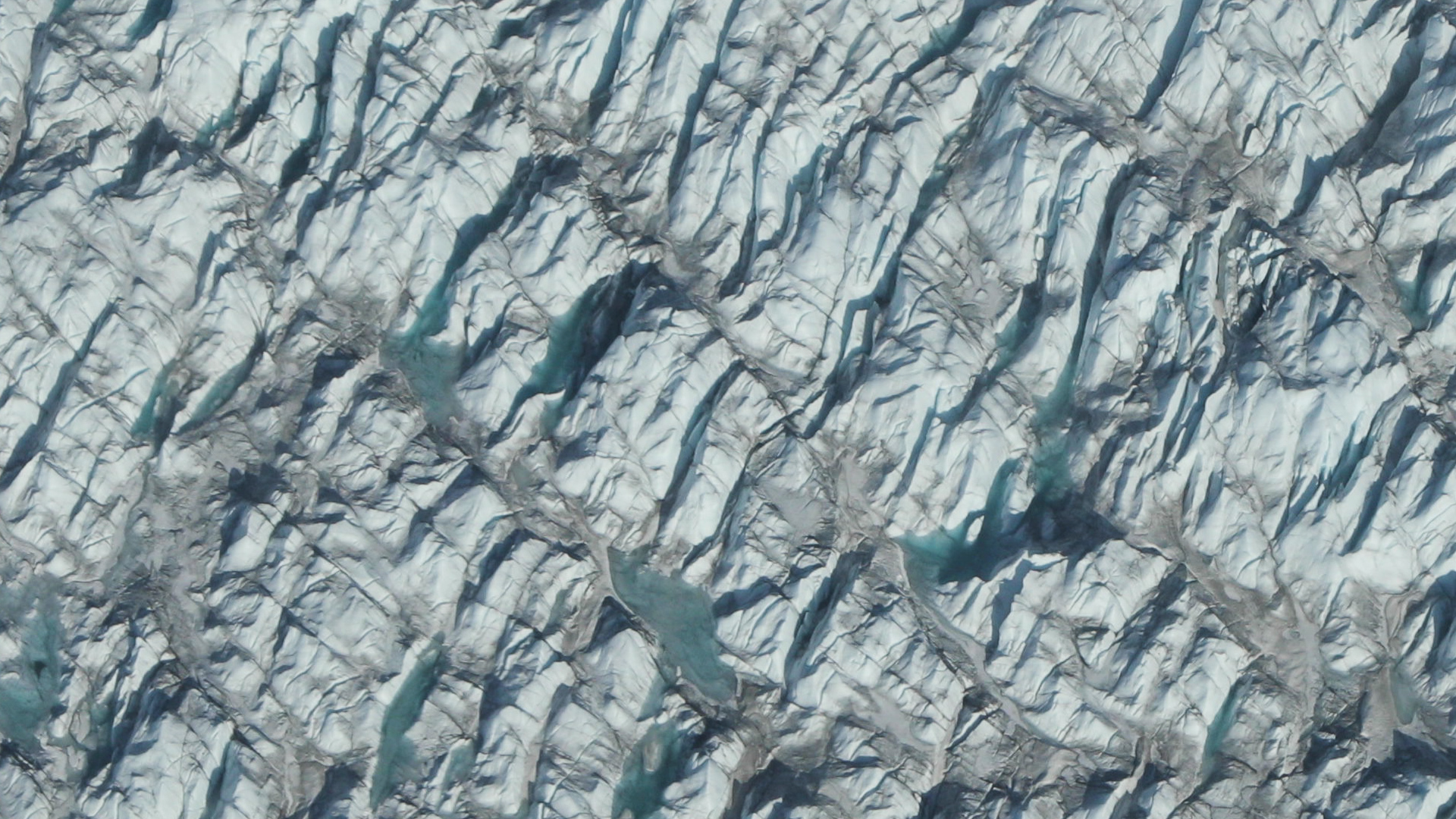We’re accustomed to astronauts pulling off their missions without a hitch. They head up to the International Space Station for months at a time and do what they do, then come home. But upcoming missions to the surface of the Moon, and maybe Mars, present a whole new set of challenges.
One way astronauts are preparing for those challenges is by exploring the extreme environment inside caves.
Continue reading “Astronauts Explore Caves on Earth, Learning the Skills They’ll Need for the Moon and Mars”
